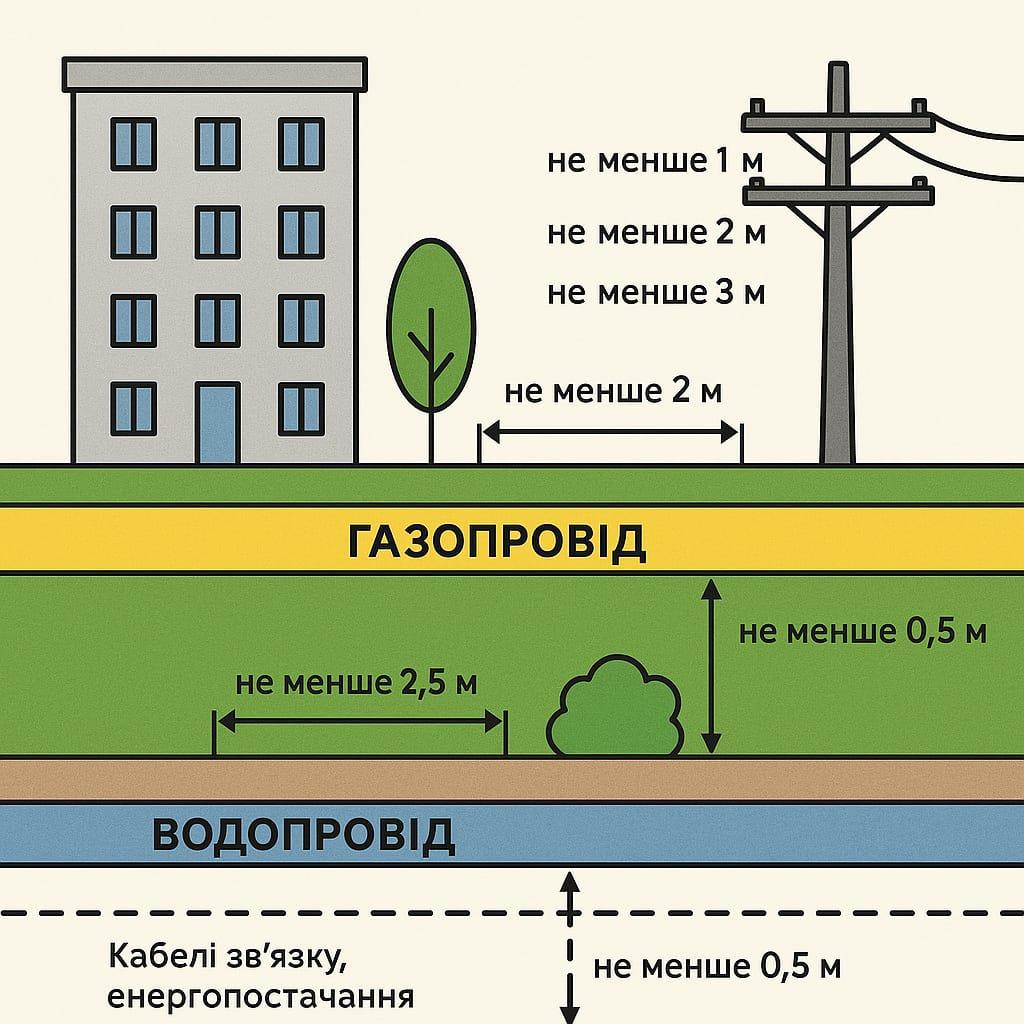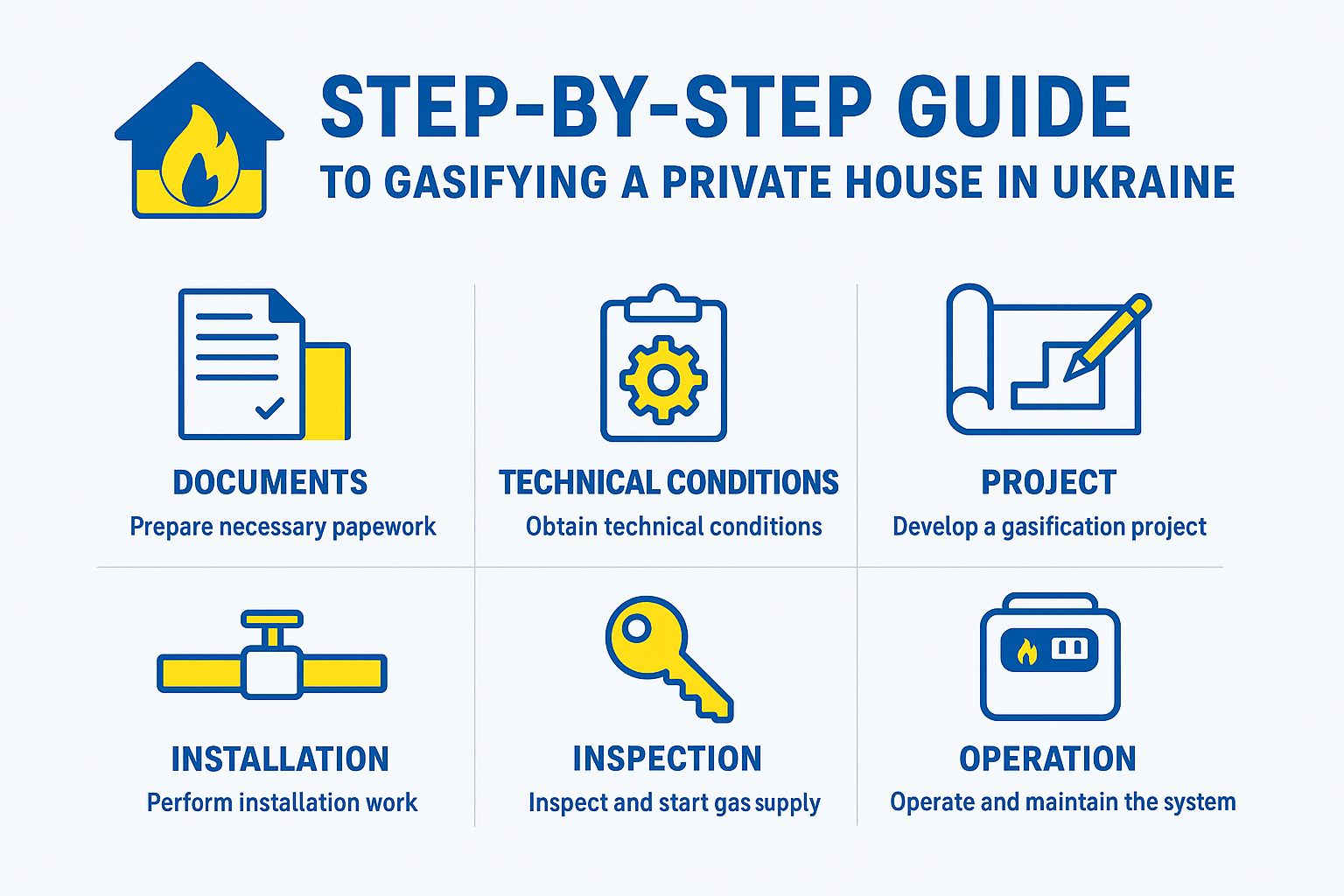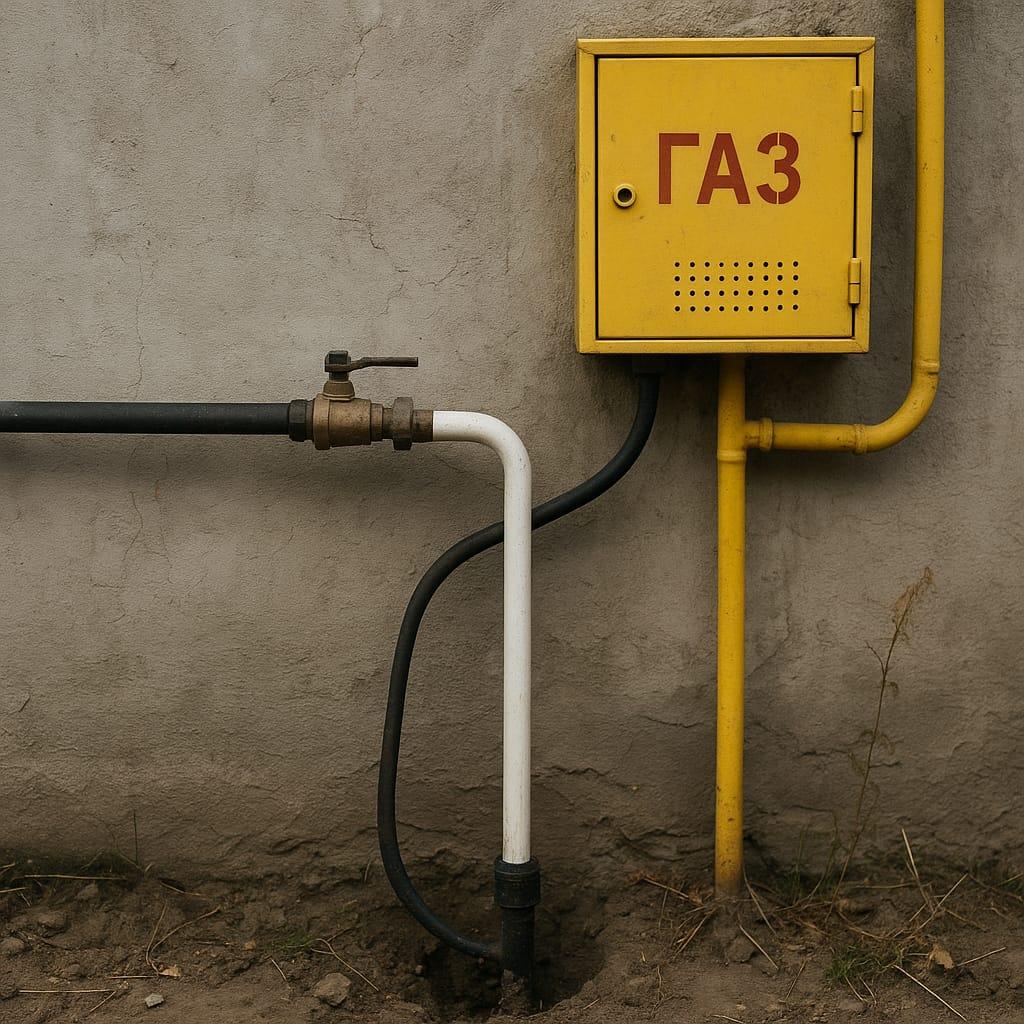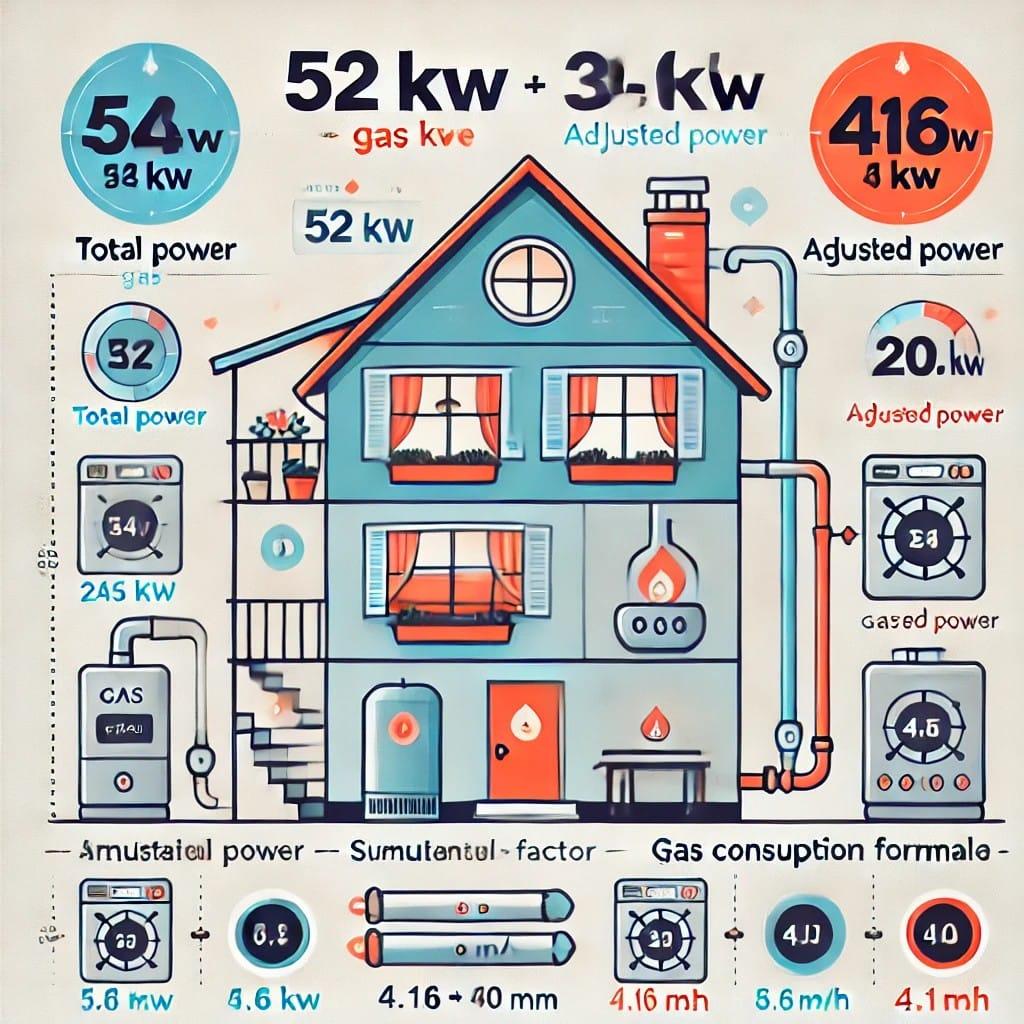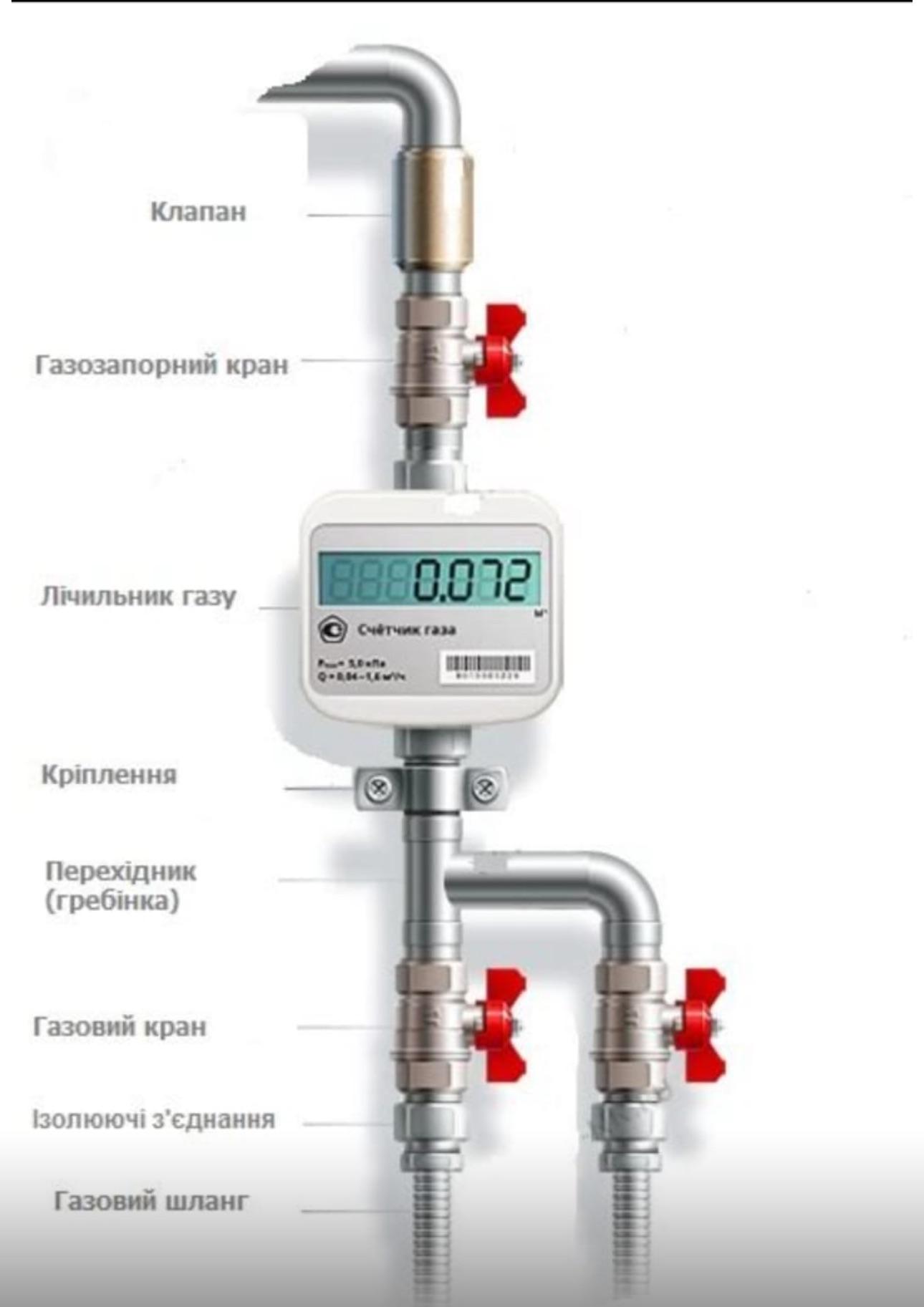2025-06-16 • 3 min
How to Lay a Gas Pipeline in the City in Compliance with Established Standards
📐 Regulatory Framework
In Ukraine, urban gas pipeline design and installation is regulated by DBN V.2.5-20-2018 (“Gas Supply”), DBN B.2.2-12:2019, and the Gas Distribution Network Code. Adhering to minimum clearance standards is essential.
🔹 Minimum Required Clearances:
-
To buildings:
– low pressure: ≥ 2 m
– medium pressure: ≥ 4 m
– high pressure: ≥ 7–10 m -
To water pipelines: 1–2 m; to sewers: 1–5 m; for intersecting utilities: crossing angle ≥ 60°, clearance ≥ 0.2 m
-
To powerlines:
– 1 kV: ≥ 2 m
– 20 kV: ≥ 10 m
– 35 kV: ≥ 15 m
– 330 kV: ≥ 20 m
– Transformer station zone: 3 m, clearance ≥ 0.5 m -
To telecom cables: 1–2 m horizontal clearance ≥ 0.5 m
-
Parallel pipelines: separation ≥ 0.5 m
-
To trees: ≥ 2 m
-
To heating pipelines: 1–4 m depending on pressure category
-
To parking or garages: ≥ 1 m
⚠️ Why It Matters
-
Public safety — avoiding leaks, fires, accidents
-
Infrastructure protection — preventing damage during third-party excavations
-
Maintenance ease — access for inspection and repairs
-
Corrosion prevention — mitigating electrochemical effects
-
Regulatory compliance — avoiding fines and operation suspensions
📌 Conclusion
Correct design and city‑standard compliant installation of gas pipelines is more than technical formality — it ensures safe, reliable and legally compliant gas supply. Adherence to DBN standards is the foundation of infrastructure resilience.
